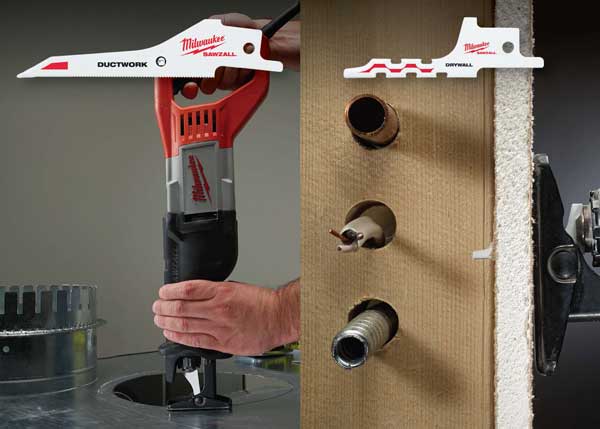
As green building practices continue to influence builders and contractors, many commercial buildings are now striving for LEED certification in order to designate a project’s sustainability. Residential certification is growing more slowly, however, as homeowners try to determine if the cost is a worthwhile investment.
Most of the cost of LEED certification, which can run several thousands of dollars, comes from the requirement that homes are examined by a third-party inspector.
Before deciding whether to pony up the cash for such an inspection, it’s up to an individual homeowner to determine what –if any — benefits will result from LEED certification. In a story published on ProudGreenHome.com, John Johnson writes that early research indicates that green certified homes may resell faster than those without.
You may also want to check with your home’s mortgage and insurance companies, two entities that might offer additional benefits with appropriate certification.
If the price of LEED certification is a bit steep for your budget, Johnson recommends searching for a local or regional program that can provide similar certification at a fraction of the cost. He cites the Austin Energy Residential Green Building Program as an example, which he reports “certified more than 700 Texas homes last year.”
Of course, you may get satisfaction out of simply knowing that your newly constructed or renovated home incorporated green building materials and practices, or is an example of how to reuse materials in a clever way to create a more sustainable structure.
Would you consider getting your home LEED-certified? Or is it enough that you incorporate green practices in your everyday life?
Photo by Ryan Somma


No Comments